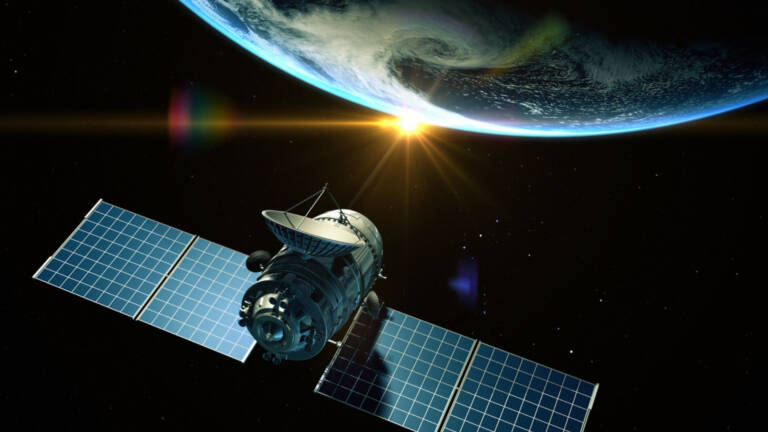From 2025, Japan wants to send solar energy from space to Earth

In the latest ambitious project to use solar energy in space to power the Earth, a Japanese public-private partnership intends to test, as early as 2025, whether solar energy generated in space can be transported to Earth and converted into electricity.
The Japanese initiative is the latest in a series of projects and experiments conducted in recent months to verify whether solar energy converted into microwaves can be transmitted to receiving stations on the earth's surface for use on a large scale.
Scientists and science fiction writers have long dreamed of such a source of solar energy: to harness the sun's energy regardless of the weather or the time of day or night. This would overcome the limitations of solar energy on earth, where generation can only occur when the sun is shining. Furthermore, microwaves are able to pass through clouds, so the transport of energy by microwaves to the earth would not limit the solar energy due to weather conditions or the time of day.
The limitations, of course, are the technology to do this project on a mass scale and the cost. The cost of installing massive solar arrays in space to generate 1 gigawatt (GW) of electricity is expected to cost more than $7.2 billion. (1,000 billion Japanese yen), reports Nikkei Asia.
However, researchers led by Kyoto University professor Naoki Shinohara will try to transmit solar energy to Earth to demonstrate that solar energy harnessed in space can be used for electricity needs on Earth.
The Japanese project involving industry, scientists and the government space agency successfully carried out tests of microwave energy transmission horizontally in 2015 and vertically in 2018, both over a distance of 50 meters (164 ft). In the future, vertical transmission will be attempted over distances of 1 km to 5 km (0.62 to 3.1 miles).
“If we can demonstrate our technology before the rest of the world, it will also be a tool for space development bargaining with other countries,” Shinohara told Nikkei.
The race to generate solar energy in space and transfer it to Earth is fierce.
More than two years ago, the Pentagon successfully tested a solar array in low Earth orbit as a prototype for potential future power generation systems that capture sunlight and beam it back to Earth as energy.
Earlier this year, the Caltech Space Solar Power Project (SSPP) launched the Transporter-6 mission, which put into orbit a prototype, called the Space Solar Power Demonstrator (SSPD), which will test several key components of a plan ambitious to collect solar energy in space and teleport it to Earth.
“Once implemented, the SSPP will deploy a constellation of modular spacecraft that will harvest sunlight, transform it into electricity, and wirelessly transmit it over long distances wherever needed, even to locations that currently lack access to a reliable power,” Caltech said in January.
China also has ambitious plans to build a GW-level solar power station in space, which will make the project operational for commercial use, Chinese experts told the Global Times in April.
Also in April, the European Space Agency (ESA) signed contracts for two parallel concept studies for space-based commercial-scale solar installations, a crucial step in the Agency's new SOLARIS initiative, which aims to mature the feasibility of harvesting solar energy from space for Earth's clean energy needs.
“The studies will look at the widest possible range of options, including looking at all the different ways to move energy safely and efficiently to Earth: radio frequency transmission, lasers, and simple light reflection. towards ground-based solar farms,” said Sanjay Vijendran, ESA's lead for the SOLARIS proposal.
According to ESA, “the concept complements rather than competes with terrestrial renewable sources, because space-based solar power can make energy reliably available 24/7, providing the necessary stability to the electricity grid while the share of intermittent renewable sources continues to increase, reducing the dependence on large-scale storage solutions”.
With the energy crisis, net-zero targets and land availability issues for renewable energy installations, space-based solar power could be part of the solution in the future, if technology and cost permit.

Thanks to our Telegram channel you can stay updated on the publication of new articles from Economic Scenarios.
The article From 2025 Japan wants to send solar energy from space to Earth comes from Economic Scenarios .
This is a machine translation of a post published on Scenari Economici at the URL https://scenarieconomici.it/dal-2025-il-giappone-vuole-mandare-lenergia-solare-dallo-spazio-alla-terra/ on Thu, 01 Jun 2023 14:38:23 +0000.
